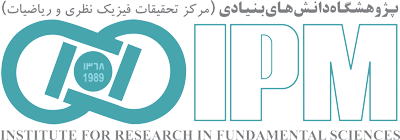“School of Cognitive”
Back to Papers HomeBack to Papers of School of Cognitive
| Paper IPM / Cognitive / 18120 |
|
||||
| Abstract: | |||||
|
Abstract
Bakcground: Application of repetitive transcranial magnetic stimulation (rTMS) for obsessive-compulsive disorder (OCD) has increased in recent years. However, its optimal efficacy is still subject to different parameters, especially with respect to OCD subtypes and the rTMS-induced electrical fields (EF) in the target brain regions.
Methods:
Using the PRISMA approach, we examined 27 randomized control trials (RCTs) from 1985-2024 using rTMS for the treatment of OCD and conducted several meta-analyses to see the role of rTMS parameters, including the EF induced by each rTMS protocol, and OCD subtypes on treatment efficacy.
Results:
A significant, medium effect size was found favoring active rTMS (gPPC=0.59, p<0.0001) which was larger for the obsession subscale. Both supplementary motor area (SMA) rTMS (gPPC=0.82, p=0.048) and bilateral DLPFC rTMS (gPPC=1.14, p=0.04) demonstrated large effect sizes, while the right dorsolateral prefrontal cortex (DLPFC) showed a significant medium effect size in reducing OCD severity (gPPC=0.63, p=0.012). These protocols resulted in the largest EFs induced in dorsal and ventral cognitive, and sensorimotor circuits. rTMS protocols targeting the right and left DLPFC produced the strongest electrical fields in cognitive circuits, while pre-SMA and OFC rTMS protocols generated larger fields in regions linked to emotional and affective processing in addition to cognitive circuits. The pre-SMA rTMS uniquely modulated the most engaged circuitsâsensorimotor, dorsal cognitive, and ventral cognitiveâwith larger electrical fields than the other protocols.
Conclusions:
rTMS protocols that targeted the ventral and dorsal cognitive and sensorimotor circuits appear to have the highest clinical potential
Research Category and Technology and Methods
Clinical Research: 10. Transcranial Magnetic Stimulation (TMS)
Download TeX format |
|||||
| back to top | |||||



















